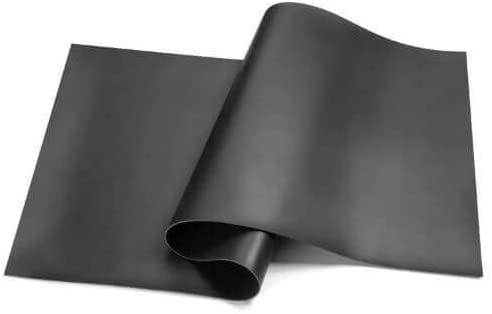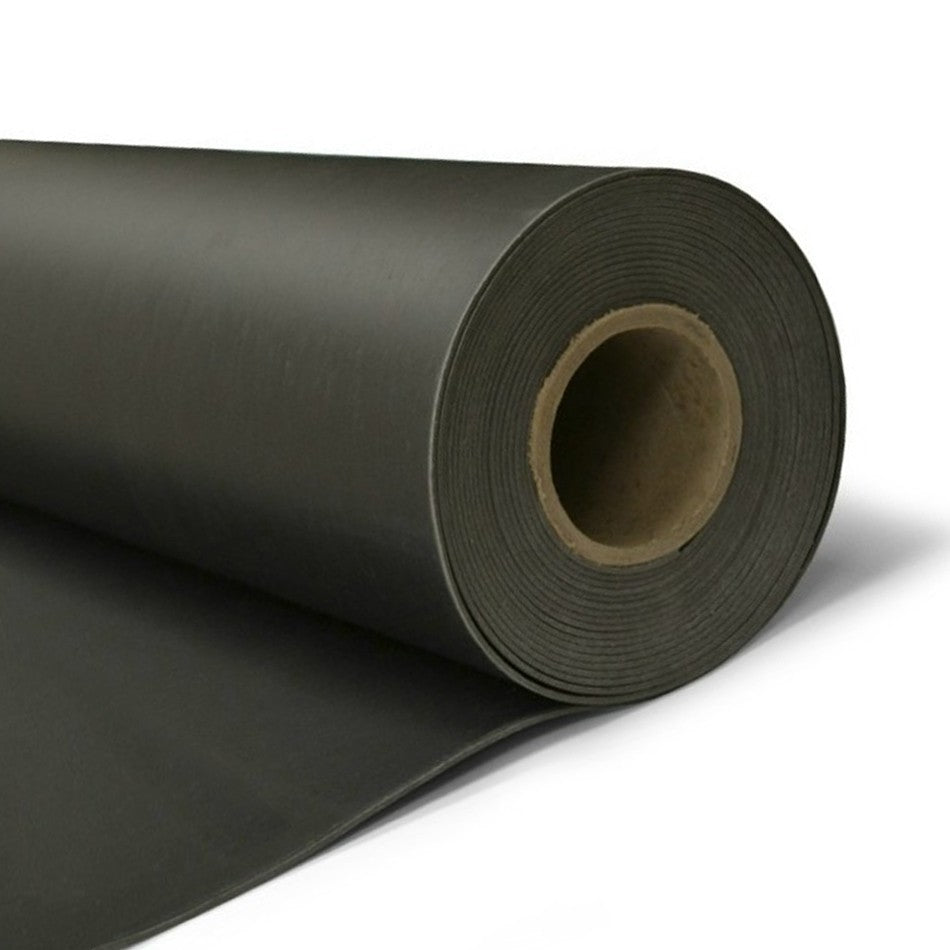


For more on insulation and if soundproof insulation works, check out our article on the topic. It is uncommon to see a home with no or damaged insulation, but it does happen in old homes or in homes that have had water damage. We would not recommend using blown in insulation if you already have insulation in your walls that is properly installed. If your wall already has insulation, then NO. Add insulation and the wall will block more sound. If your wall does not have insulation, YES. In fact, it’s possible to even overstuff the wall with insulation and reduce the soundproofing of the wall. But if your wall already has insulation, you won’t improve the wall’s STC rating by blowing in more. Insulation is an important component of a high-performing wall assembly. We felt that we had to comment on blown in insulation as a soundproofing method because so many other websites reference it as a potential solution. Using Blown In Insulation to Soundproof an Existing Wall (Often Not Helpful) Remember, 100% coverage or don’t bother putting these panels on the wall.
MASS LOADED VINYL EXISTING WALL INSTALL
To install BlocknZorbe, fasten the panels to the wall using screws or construction adhesive. By 100% covering your wall with BlocknZorbe, you will reduce sound through that wall by 8-10 decibels. But the additional absorption will not stop sound from traveling from one room to another (soundproofing).īlocknZorbe is different from a standard acoustic panels, because it is STC rated to block sound. The absorptive properties are only useful for improving the sound quality and reducing echo and reverb within a room. Most acoustic panels only absorb sound, with no ability to block sound. Use “BlocknZorbe” to Soundproof Your Existing WallĪs the name suggests, our BlocknZorbe panels are designed to BLOCK and ABSORB sound.
MASS LOADED VINYL EXISTING WALL HOW TO
To learn more about building a new soundproof wall, read our guide on how to reduce noise through walls. Although this is a more difficult and time consuming method, it opens up more soundproofing options because you will be starting from the framing. When looking to soundproof a wall, you may decide the best option for you is to tear out the existing drywall and start from scratch. Sealing both layers of the drywall will ensure there are no pesky gaps for noise to escape, allowing you to enjoy the tranquility of your soundproof room. Seal the edges again: Once the second layer of 5/8” drywall is installed, you’ll want to seal around the edges and penetrations in the wall again with the same acoustical sealant. If you aren't interested in using Green Glue, read our article on our recommended Green Glue alternatives The Green Glue makes it harder for the sound energy to travel through both sheets of drywall. In simpler terms, you add thickness and density to your wall with the extra drywall, and the Green Glue prevents the sheets from acting as one barrier. Using the Green Glue to between the two layers of drywall decouples the drywall sheets, which increases your STC rating, the measurement used to determine how good a product or assembly is at soundproofing. The additional layer of drywall should be coupled with Green Glue Noiseproofing compound. Sealing these gaps will block sound from freely escaping these open areas.Īdd another layer of drywall: For all wall soundproofing projects, we recommend ⅝” thick drywall as the additional mass is much more effective at blocking airborne sound. Weak areas are places in the wall like light switches, outlets, or a gap behind the baseboard. These weak points are typically around the perimeter and any penetrations in the wall. Seal all edges and gaps: Use acoustical sealant to fill any gaps, cracks, or seams. It’s high performing it’s cost-effective and it doesn’t require you to remove the drywall that’s already up. When soundproofing of an existing wall, there’s one approach that stands above the rest – using Green Glue, acoustical sealant, and a new layer of 5/8” drywall. You would be surprised by the amount of noise that can travel through a tiny gap in your wall. Rather, the gaps, holes, or other imperfections are the cause of airborne noise traveling through the wall. The majority of the time, the actual structural properties of the wall are not the soundproofing issue.


 0 kommentar(er)
0 kommentar(er)
